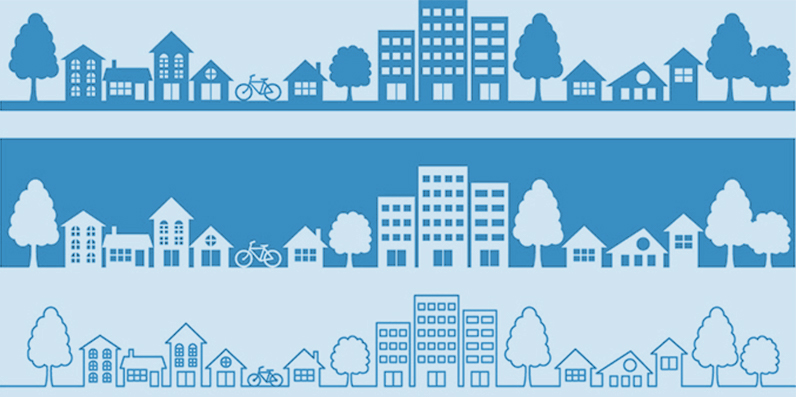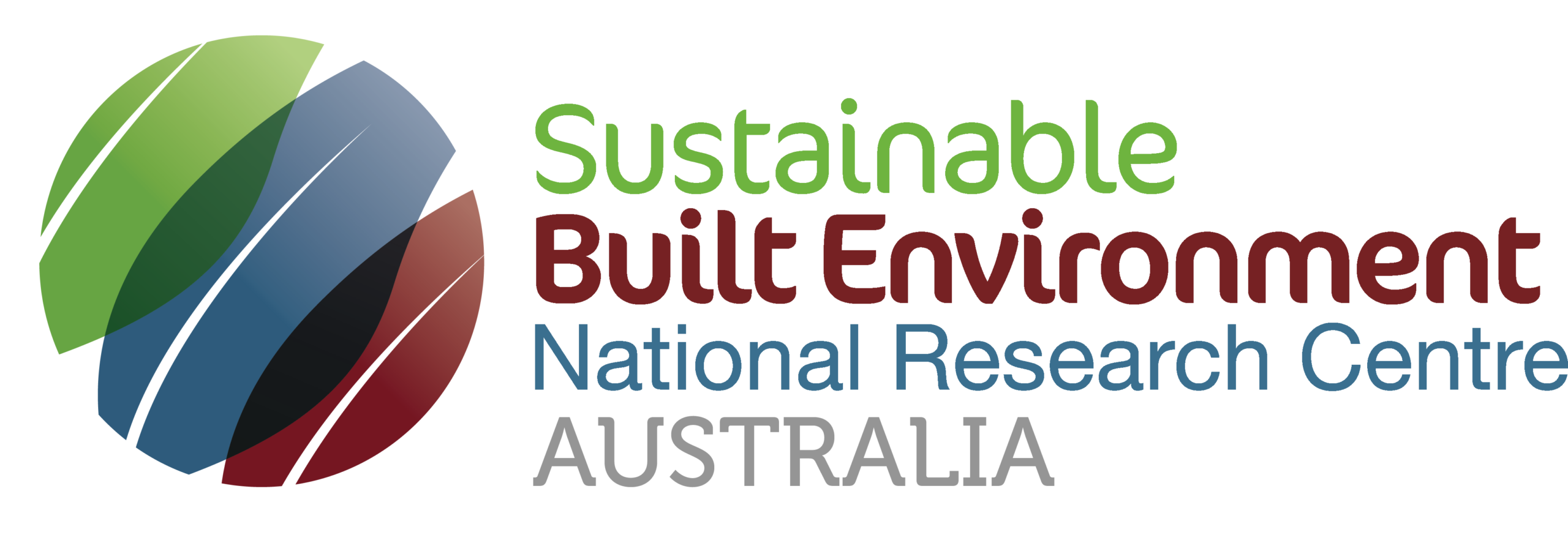
1.71 Liveable Social and Affordable Higher Density Housing

Project Number
1.71Round
Round 7Date
April 2020 - September 2021Research Team

Chair, Project Steering Group
Sue Ash AO
Non-Executive Director

Senior Research Fellow
Dr Judy Kraatz
BDesSt(Hons) BArch(Hons) PhD
Senior Research Fellow
j.kraatz@griffith.edu.au

Associate Professor
Francesco Mancini FHEA
PhD MArch BArch
Deputy Head, School of Design and Built Environment, Curtin University
francesco.mancini@curtin.edu.au
Documents for Downloading
Videos
Full Video – Liveable Social and Affordable Higher Density Housing, January 2022 (06:20)
Short Summary – Liveable Social and Affordable Higher Density Housing, January 2022 (03:31)
Presentations
Liveability framework for social and affordable higher density housing (October 2022)
Final Industry Presentation – Liveable social and affordable higher density housing (October 2021)
Liveable social and affordable higher density housing: an innovative framework, Liveable Cities Conference (9 June 2020, 1Mb)
Media
Press Release: Creating liveable and accessible social and affordable homes (23 June 2021)
Safe as Houses: COVID-19 underlines Australia’s housing need (April 2021)
Press Release: Improving real life impacts for liveable and accessible higher density homes (September 2021)
Press Release: A Liveability Framework to improve real life impacts for higher density homes (23 February 2022)
Research Snapshots
Snapshot Regulation and Policy (June 2020, 337Kb)
Snapshot Cities of Tomorrow (September 2020, 335Kb)
Snapshot Adoption (September 2020, 320Kb)
Publications
Abstract: Creating Liveable and Accessible Social and Affordable Higher Density Housing: the case of Green Square, Brisbane. CIB World Building Congress 2022
Ensuring liveability and accessibility in medium to high density urban housing and precincts in our cities is critical to maximise investment and minimise future risks to our community. This research will investigate current leading practice, considering future innovative options, and case studies. A key outcome will be a Liveability Framework for Medium to High Density Social and Affordable Housing, based on a forward looking set of quality standards, considered against investment costs. This framework will identify key liveability and accessibility elements and will be a tool to help: (i) drive adoption of liveability and accessibility outcomes; and (ii) build the value equation and community understanding to enable industry to deliver whole of life solutions.
Objectives
Tangible research outcomes will be provided through the two case studies, in Western Australia (WA) and Queensland (QLD). The key focus areas include:
- Identify social and cultural value – this will consider how to maximise the potential of medium to high density urban precinct developments, seeking forward looking liveable design outcomes. This will investigate how to minimise potential issues and risks associated with higher density mixed tenancy developments.
- Identify economic value – this research will extend previous outcomes from the SBEnrc Valuing Social Housing project to identify how: (i) the additional value of providing liveable design outcomes can be potentially captured; and (ii) upfront costs of liveability features can be balanced through whole-of-life benefits to justify investment for developers and the community.
- Build an understanding of governments’ roles – in relation to industry structure and driving new urban forms around next level livability issues and outcomes for higher density urban precincts. This will especially be with regards to regulation and adoption.
- Improved adoption of liveable design – to better ensure universal access, there is a need to go beyond minimum standards, especially for vulnerable cohorts. This research will take a ‘what next’ approach based on the need for enhanced access in housing and urban areas for more inclusive outcomes. This will address a whole-of-life approach for individuals and families (e.g. diverse needs, aging and child rearing).
Industry Outcomes
The Liveability Framework for Medium to High Density Urban Housing will:
- Provide liveability criteria targeting the delivery of social and affordable higher density urban housing and precincts. This will be responsive to both person and place, addressing specific criteria identified for each of WA and QLD.
- Enable government to effectively test value capture strategies.
- Identify how upfront costs for specified liveability features can be balanced through whole-of-life benefits to justify investment.
- Highlight liveable design features with potential benefits at no or minimum construction cost to increase mid to long term benefits.
- Ensure integration with Australian Building Codes Board activity to maximise the impact of research findings.











